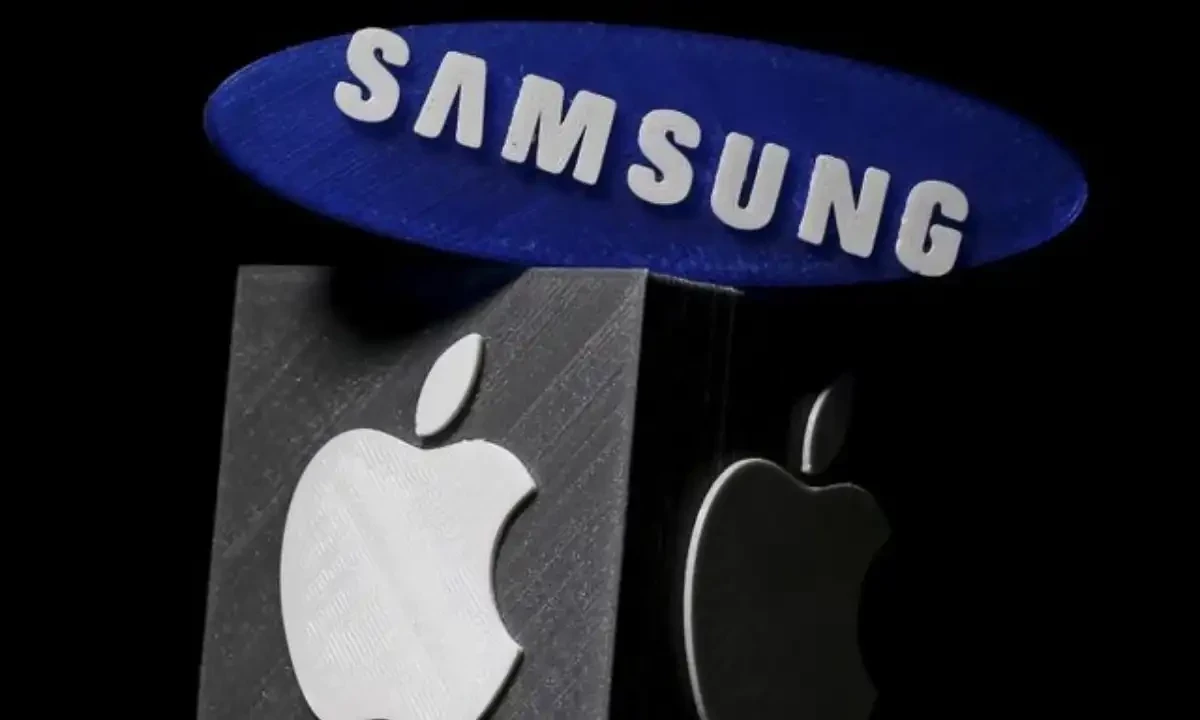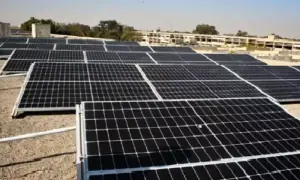Samsung’s strategic advantage over Apple in the ongoing trade war
As the U.S.-China trade war escalates, a critical distinction has emerged between Apple’s iPhone and Samsung’s Galaxy smartphones: their production locations.
The iPhone is predominantly assembled in China, Samsung has diversified its manufacturing across countries like Vietnam, India, and South Korea, positioning itself advantageously amid rising tariffs.
Samsung’s reliance on multiple manufacturing hubs contrasts sharply with Apple, which still produces approximately 90% of its iPhones in China, according to recent estimates from Wedbush Securities.
This dependency has made Apple particularly vulnerable to the ongoing trade tensions, which have resulted in tariffs of up to 145% on Chinese imports.
While the Trump administration has exempted some tech products from these tariffs, the looming threat of additional levies on semiconductors critical components in electronics remains a concern for all tech companies, including Samsung.
Analysts like Gerrit Schneemann from Counterpoint Research note that Samsung may avoid significant operational upheaval since it does not heavily rely on Chinese production.
Despite this potential advantage, experts caution that Samsung might not see an immediate sales boost. Consumer loyalty to Apple remains strong, and it’s unclear if price increases would significantly alter buying behaviors.
Additionally, the tech industry depends heavily on China’s extensive network of suppliers and assembly facilities, which complicates the landscape for all manufacturers.
Recent trade tensions have intensified, with China threatening retaliatory measures against countries that restrict trade to appease the U.S. The urgency for negotiations has been underscored by analysts who warn that failure to address these issues could lead to severe economic repercussions, impacting both growth and inflation.
For Apple, the consequences are dire, with predictions that the cost of an iPhone 16 Pro Max could soar by $800 due to tariffs. In contrast, Samsung has shifted its focus away from China, closing its last phone factory there in 2019. Currently, most of its smartphone production occurs in Vietnam, with significant operations in India and Brazil.
Samsung has also made strides in India, operating what it claims is “the world’s largest mobile factory” and becoming the largest smartphone exporter from the country in 2024. This diversification not only strengthens Samsung’s market position but also allows it to leverage its vertical integration as both a consumer electronics seller and a manufacturer of essential components.
Read more
Samsung Electronics co-CEO Han Jong-hee dies, leaving new appointee in charge
However, market dynamics indicate that Samsung may face challenges in converting its manufacturing benefits into increased sales. Apple continues to dominate the premium market segment, while Samsung offers a broader range of devices, particularly in the budget-friendly Galaxy A series.
As tariffs continue to reshape the manufacturing landscape, the broader impact on consumer spending remains a concern. Rising prices could lead consumers to delay upgrading their devices, especially in mature markets like the U.S. where high-end smartphones are favored.
In summary, while Samsung’s diversified manufacturing strategy provides a buffer against trade war challenges, the evolving economic landscape could still impact demand for smartphones across the board.
As the situation develops, both companies will need to navigate the complexities of global trade and consumer behavior to maintain their competitive edge.
For the latest news, follow us on Twitter @Aaj_Urdu. We are also on Facebook, Instagram and YouTube.





















Comments are closed on this story.